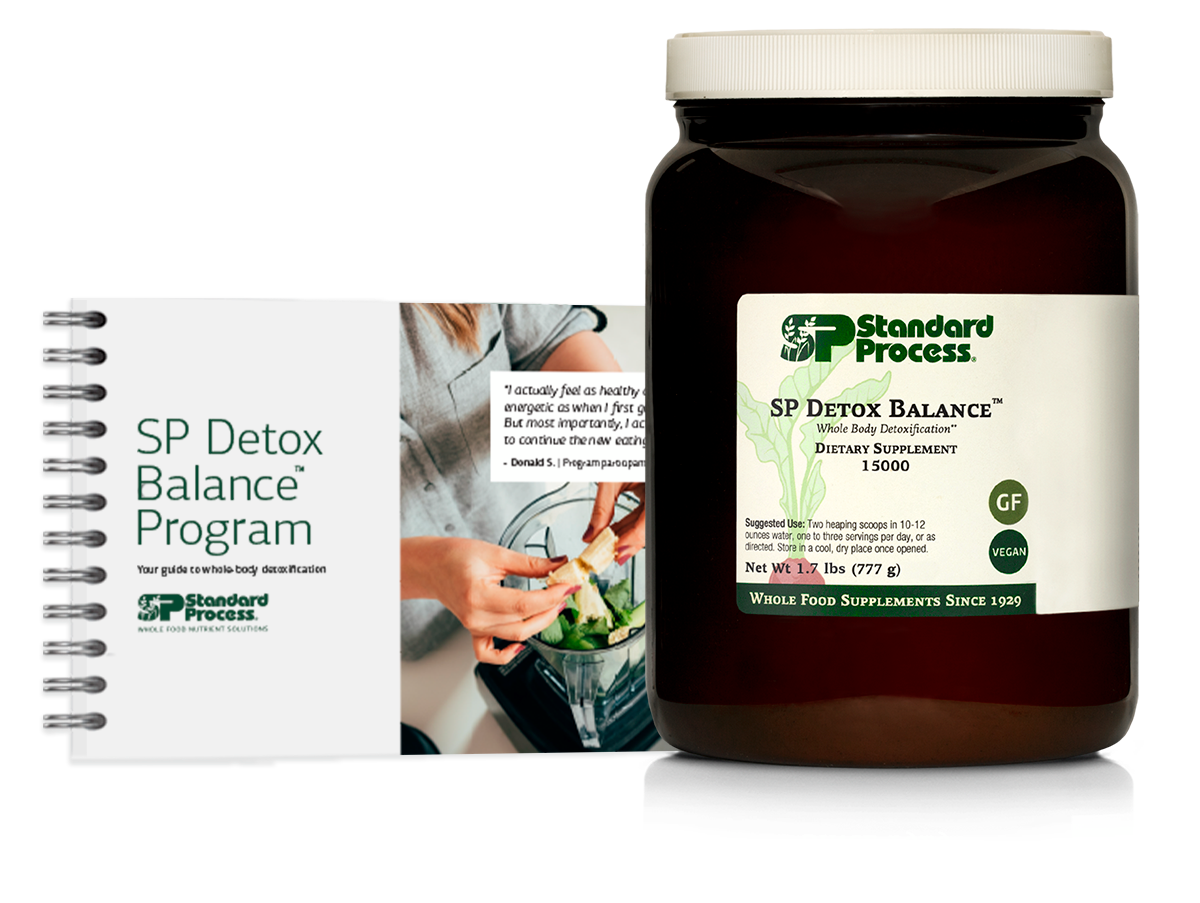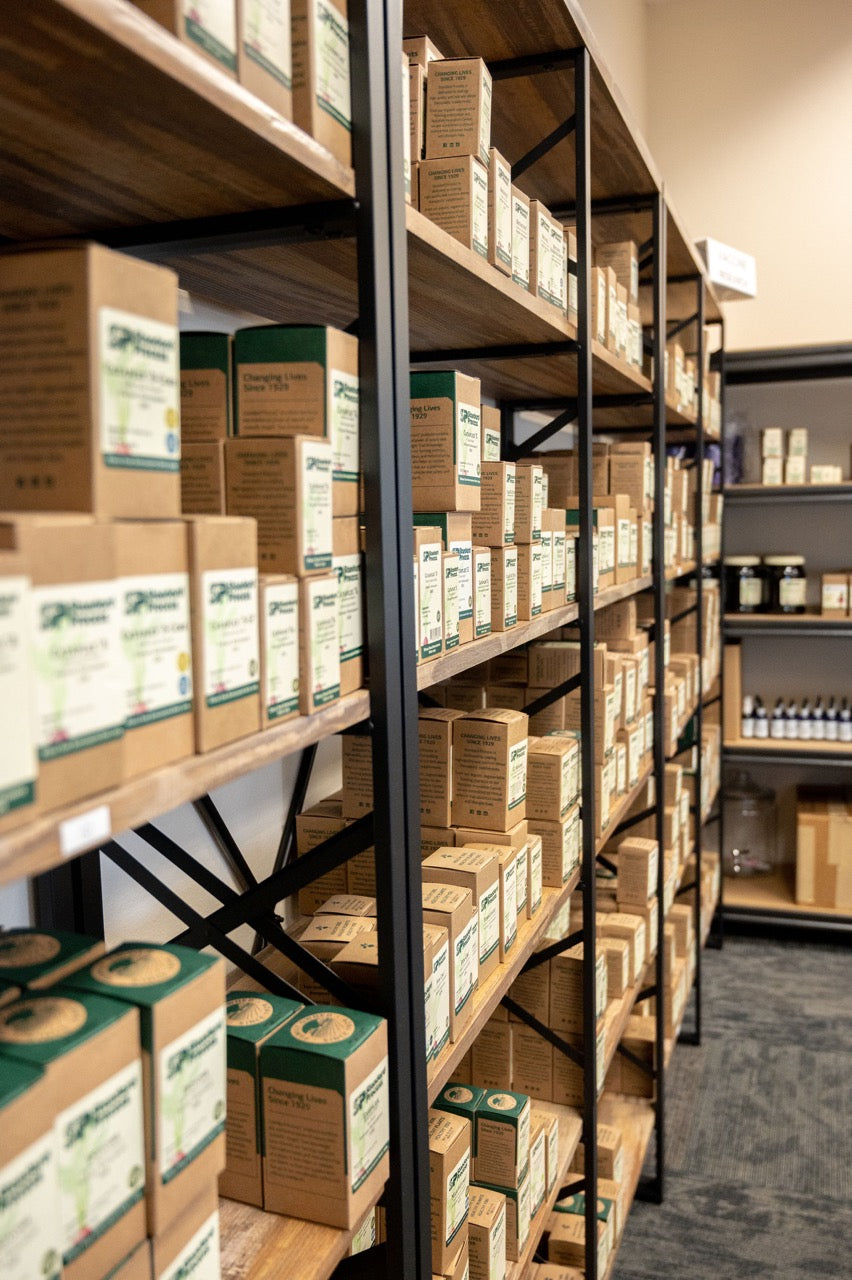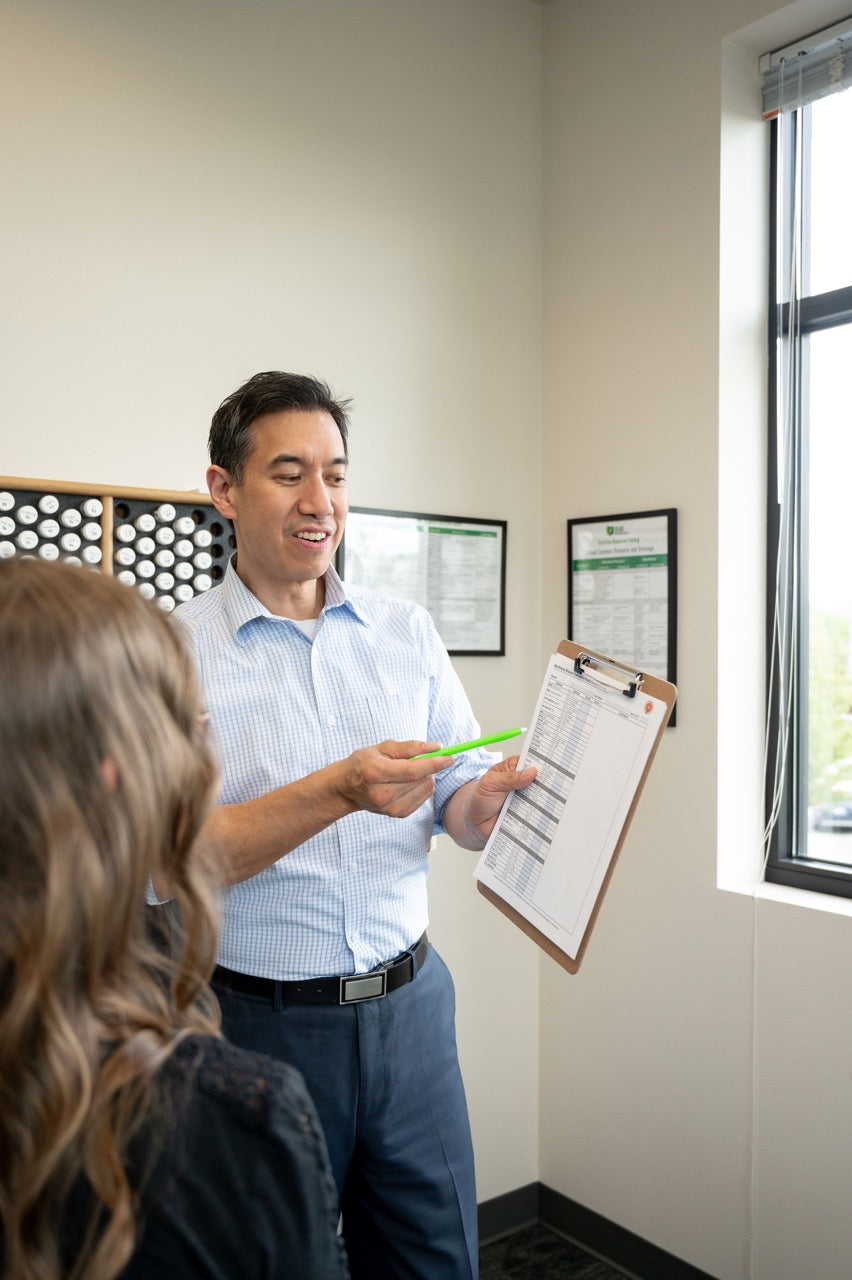Echinacea Pronunciation Guide:
How to Say It Correctly
Saying "Echinacea" right doesn't have to be a brain teaser. It is pronounced as /ˌek.ɪˈneɪ.ʃə/ in UK English and /ˌek.əˈneɪ.ʃə/ in US English. Just picture being at school, learning how 'c' sounds in 'cat' or that the 'e' in 'day'. It's really just about combining familiar sounds in a new way. Now isn't that much simpler than you thought? As we dive deeper...
The correct pronunciation of echinacea is "ek-uh-NAY-shuh" in US English and "ek-in-AY-shuh" in UK English. This pronunciation guide will ensure you say the name of this popular herbal remedy correctly.

Echinacea Pronunciation Rules
Pronouncing Echinacea correctly may seem a bit daunting at first. The good news is that it follows a consistent pattern once you understand the breakdown of its phonetic transcription. Let's break it down step by step to make it easier to grasp.
The first syllable "ek" in Echinacea sounds like "eck", akin to the sound you make when you say 'heck' or 'deck'. It includes a short 'e' sound (/ɛ/) followed by a 'k' sound, aligning with standard English pronunciation.
The second syllable "i" has the pronunciation of "i" as in 'ship', sounding like "ee".
Moving on to the third syllable "nei", the initial sound is similar to the long 'a' sound in 'name', making it 'nay', followed by a prolonged /eɪ/ as in 'day'.
Lastly, "sha" resembles the /ʃ/ as found in 'she', and finally, we end with a gentle schwa sound - indicated with /ə/.
So, when combined together, Echinacea should be properly pronounced as /ˌek.ɪˈneɪ.ʃə/ in UK English and /ˌek.əˈneɪ.ʃə/ in US English.
To better illustrate, let's compare the difference between UK and US pronunciations. If we take “Ship” as an example, in UK English, it may sound more like “sheep” in US English. This insight highlights how regional differences can impact vowel sounds within words.
It’s important to note that while these differences exist between British and American pronunciations, the actual phonetic breakdown remains consistent regardless of regional variance.
Understanding each component of Echinacea's pronunciation provides a clear guide for confidently saying this word correctly, regardless of variations across different English accents.
Accessible Audio Guides
Audio guides serve as an excellent resource, particularly for those who find auditory learning more effective. By providing a spoken version of the word "Echinacea" along with phonetic spelling, these guides enhance your understanding of the correct pronunciation.
Imagine this: You're listening to an audio guide and hearing the word "Echinacea" pronounced slowly and clearly. At the same time, you see the phonetic spelling in front of you, showing exactly how each syllable is pronounced. It's like having a personal tutor guiding you through every step of the pronunciation process.
Additionally, audio guides don't just stop at pronunciation; they often explain the origins and meanings of words too. When it comes to "Echinacea," you might learn about its history, its use in traditional medicine, and even its biological properties. This extra context can deepen your understanding and make the word much more memorable.
Some audio guides also include engaging examples or stories related to the word. For "Echinacea," you might hear about its role in Native American medicine, its cultivation by early settlers, or its modern-day uses in herbal remedies. These anecdotes can make the learning experience enjoyable and help you retain the information better.
In summary, audio guides provide an enriching experience that doesn't just focus on pronunciation but also provides insight into the cultural and historical significance of words like "Echinacea." They present an immersive learning environment that can significantly aid in mastering the correct pronunciation.
As we've explored various methods for mastering the pronunciation of "Echinacea," let's now turn our attention to understanding the essential stress placement in this word.
Stress Placement in Echinacea

Understanding the correct stress placement in a word is essential for accurate pronunciation. In the case of "Echinacea," the stress falls on the second syllable, "chi," in both UK and US English pronunciation. It's pronounced as /ˌekɪˈneɪʃə/.
Stressing the correct syllable is crucial because it can change the entire meaning of a word. For "Echinacea," a genus of herbaceous flowering plants in the daisy family, placing the stress on the wrong syllable could result in confusion or misunderstanding when conversing with others.
The placement of stress ensures that you articulate the word accurately and convey your intended meaning clearly.
The placement of stress in words is an integral part of language, influencing not only pronunciation but also understanding and interpretation. Often, stressing a different syllable can completely alter a word's meaning. Take, for example, the word "import." Depending on the stress placement, it can signify either a verb or a noun, each with distinct meanings.
Similarly, incorrect stress placement in "Echinacea" could lead to confusion when discussing this plant or its related products. Therefore, understanding where to place the stress is vital for precise articulation and effective communication.
Having established the significance of stress placement in "Echinacea," let's further examine how this knowledge contributes to clear and accurate communication.
Understanding Vowel Sounds in Echinacea
When it comes to pronouncing "Echinacea" correctly, paying attention to the vowels is crucial. The first "i" and the "a" are what give this word its unique sound. Let's break it down.
The first vowel sound is /ɛ/ as in 'head,' and it's followed by /ɪ/ as in 'ship'. Then, there's the long vowel sound /eɪ/ as in 'day' in the second syllable 'na.' Finally, the last syllable has the short vowel sound /ə/ as in 'above.' This might sound super technical, but once you understand how these sounds are pronounced, saying "Echinacea" becomes a piece of cake.
Just like musical notes create a melody, correctly enunciating each vowel sound creates the proper rhythm for saying "Echinacea." Think of it as a little dance for your tongue - each step (or vowel sound) is essential for getting the pronunciation just right.
Now, you might be wondering why focusing on these vowel sounds matters so much. Well, here's why: Mispronouncing these sounds can completely change the word. For instance, mixing up the long /eɪ/ with a short /ɛ/ would lead to a different word altogether!
Understanding these vowel sounds ensures that when you say "Echinacea," you're hitting all the right notes. It's like tuning an instrument - getting every part just right makes sure that the final product sounds harmonious and pleasing to the ears.
Mastering these vowel sounds takes a bit of practice, but once you get them down, saying "Echinacea" will be as natural as can be.
As we've now learned about the intricacies of pronouncing "Echinacea," let's now explore how this plays out in everyday speech.
Echinacea Pronunciation in Everyday Speech
When it comes to saying the word "Echinacea" in everyday conversations, the pronunciation can vary more than you might think. In the UK, it's often said as "EK-ə-nay-shə," while in the US, it's commonly pronounced as "e-kə-NAY-shə." These variations are important to know if you want to use the word confidently in informal settings.
Understanding the informal pronunciations of "Echinacea" can also help you communicate with others who may not be familiar with the plant or its benefits. Whether you're discussing natural remedies with friends or seeking advice from a local herbalist, using the colloquial pronunciation can help foster better understanding and rapport when talking about Echinacea.
It's interesting to note that while there is a formal, standardized pronunciation for "Echinacea," language is a living and evolving thing. In everyday speech, people often adapt pronunciations over time based on regional accents, cultural influences, and personal preference. This variation adds richness and diversity to our language and should be embraced rather than seen as a hindrance.
For example, imagine chatting with someone about health and wellness at a local market in the UK. If you confidently refer to "EK-ə-nay-shə," it not only conveys your knowledge about Echinacea but also helps create a friendly atmosphere for conversation. On the other hand, using the common US English pronunciation "e-kə-NAY-shə" in an informal gathering across the pond can also make you feel more at ease during discussions.
In essence, being aware of the different colloquial pronunciations of "Echinacea" adds a layer of flexibility to your language usage. It allows for better communication and connection within diverse social contexts, demonstrating respect for local dialects and individual speech patterns. This adaptability can make discussions about Echinacea more engaging and relatable for everyone involved.
Now that we've explored the nuances of "Echinacea" pronunciation in everyday speech, let's switch gears and dig into the American English version of this fascinating word.
American English Version of Echinacea
In American English, the pronunciation of "Echinacea" differs slightly from its UK counterpart. The emphasis is placed on the second syllable "kə" and the subsequent "nay". So in American English, it's pronounced as /ˌek.əˈneɪ.ʃə/. The "k" sound is clear and crisp, followed by the long "a" sound and then concluding with the "shuh" sound at the end. It's important to note these pronunciation differences, especially if you regularly engage with audiences who speak both UK and US English.
To break it down further for better understanding:
● /ˌek/ sounds similar to the word "neck" but ending with a hard "k" instead of a "ck".
● /ə/ sounds like the "u" in "above".
● /ˈneɪ/ is like saying "nay" as if you were disagreeing with something, but without the diction of the final "y".
● And finally, /ʃə/ rhymes with "moo" and ends with a softer "-uh"
These aspects together make for a neat pronunciation guide that helps approach this tongue-twister with more ease.
If we compare this to UK English, where it's pronounced as /ˌek.ɪˈneɪ.ʃə/, the difference becomes clearer: the main distinction lies in the vowel sound in the first syllable of the word.
Understanding these nuances can help you communicate more effectively with speakers of both UK and US English when using this word in conversations.
Having grasped the intricacies of American English pronunciation of Echinacea, let's now delve into the influence of English dialects on different ways this word is spoken.
Influence of English Dialects on Echinacea pronunciation
Understanding Regional Nuances
Let's consider a specific example: the pronunciation of "Echinacea" in different English dialects. The word might be pronounced with a slightly softer or sharper "ch" sound, depending on regional influences. The emphasis on certain syllables might also differ subtly. For instance, one might hear "EK-in-ay-sha" in one region and "ek-in-AY-sha" in another. These nuanced differences enrich our understanding of language and emphasize the intricate relationship between pronunciation and cultural heritage.
In Scottish English, Echinacea might be articulated with distinct tonal inflections that set it apart from other variations. This adds an extra layer of complexity and beauty to the pronunciation – a testament to how language adapts and evolves across geographically separated communities.
Recognizing these intriguing subtleties brings greater depth to our understanding of language and communication. By appreciating the impact of regional accents on the pronunciation of "Echinacea," we gain insight into the dynamic nature of language and how it adapts to local customs and traditions.






